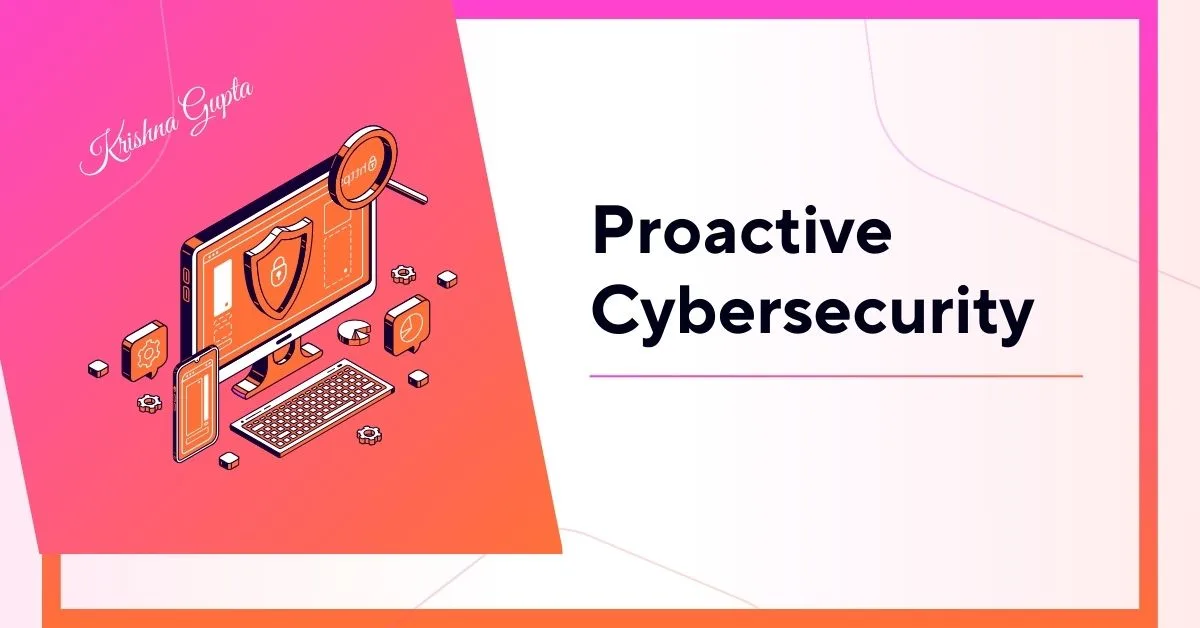The Chilling Persistence of Bi-frost: Why Proactive Security Measures Are Crucial
The shadowy world of malware is constantly evolving, with new threats emerging alongside the persistence of old ones. One such persistent foe is the Bi-frost Trojan, a backdoor Trojan horse that’s been around for over two decades, targeting Windows systems since the 90s and recently making a resurgence with variants aimed at Linux.
Understanding the Bi-frost Threat
Bi-frost operates as a Remote Access Trojan (RAT), allowing attackers to gain unauthorised access to infected systems. Once installed, it can grant the attacker control to steal sensitive data, install additional malware, or even disrupt critical operations.
The recent Linux variants demonstrate Bi-frost’s ability to adapt. These variants leverage typo-squatting, a technique where a domain name with a slight misspelling is used to mimic a legitimate one. In this case, the Bi-frost variant uses a domain similar to a trusted VMware domain to evade detection.
Typosquatting, or URL hijacking, is a cyber trick that preys on human error. It involves registering domain names similar to legitimate websites but with a minor misspelling, pluralisation, or swapped letters.
Here’s how it works:
- Deception: Attackers register domains that look almost identical to popular websites, counting on users to make a typo when entering the address. Imagine mistyping “googel.com” instead of “google.com.”
- Misdirection: Once users land on the typo-squatted domain, they might be presented with a legitimate website. This could be a fake login page designed to steal credentials, a webpage riddled with malicious ads, or even a parody site.
Here are some common typo-squatting tactics:
- Missing/Extra Letters: “Facebok.com” instead of “Facebook.com“
- Swapped Letters: “Amazom.com” instead of “Amazon.com“
- Pluralisation Errors: “E Bays.com” instead of “eBay.com“
- Different Top-Level Domains (TLDs): “Bank.info” instead of “Bank.com“
By understanding typo-squatting, you can be more vigilant when browsing online. Here are some tips to stay safe:
- Double-check URLs: Always pay close attention to the website address before entering personal information.
- Use Bookmarks: Save the correct URLs of websites you visit frequently as bookmarks to avoid typos.
- Beware of Lookalikes: If a website seems suspicious, even if it looks legitimate, don’t enter any information.
- Anti-Phishing Tools: Consider using security software with anti-phishing features that can warn you about suspicious websites.
Safeguarding Against Bi-frost with Proactive Security
While Bi-frost may seem like a relic of the past, its continued presence underscores the importance of a proactive approach to cybersecurity. Here are three critical security practices that can help safeguard against Bi-frost and other evolving threats:
- Penetration Testing (Pen Testing): Pen testing simulates a cyberattack, allowing security professionals to identify system defence vulnerabilities. By attempting to exploit these vulnerabilities, pen testers can expose weaknesses that attackers might use to install Bi-frost or other malware.
- Vulnerability Assessment: This process involves systematically identifying, prioritising, and remediating security risks within a system. Regular vulnerability assessments ensure your systems are patched and up-to-date, making it harder for malware like Bi-frost to gain a foothold.
- Malware Analysis: Security professionals use specialised tools and techniques to analyse malware samples. This analysis helps to understand how the malware works, what vulnerabilities it exploits, and how to detect and remove it from infected systems. Security teams can be better prepared to identify and neutralise Bi-frost and similar threats by staying informed about the latest malware trends.

Conclusion
The continued presence of Bi-frost is a stark reminder that cyber threats are ever-present. Businesses can significantly improve their security stance and stay ahead of vulnerabilities like Bifrost by employing a multi-layered approach incorporating pen testing, vulnerability assessment, and malware analysis. Proactive prevention is always better than healing, especially in the ever-evolving landscape of cybersecurity.